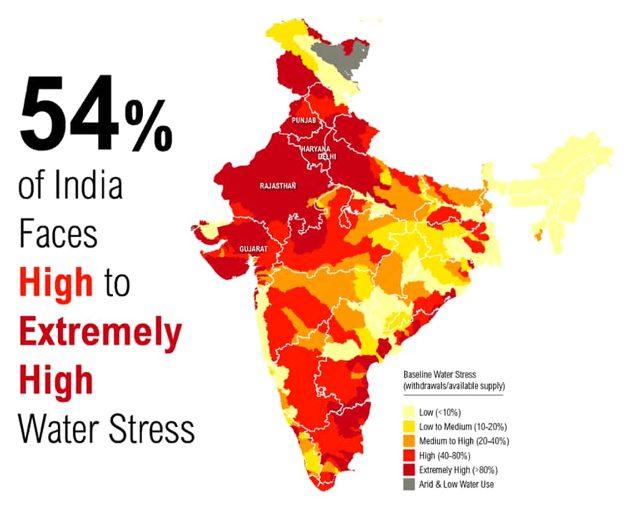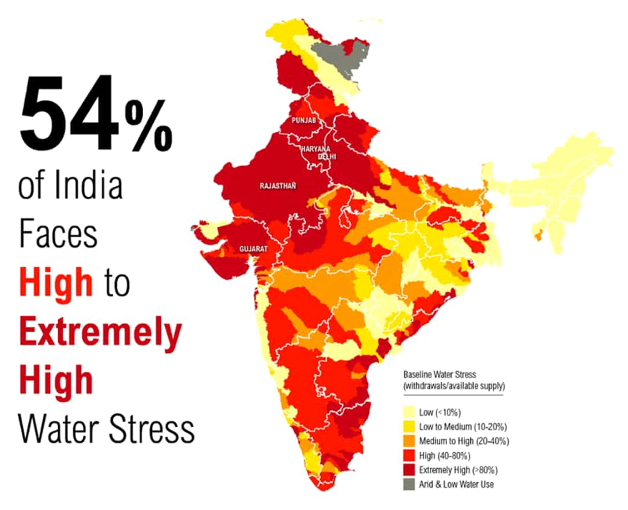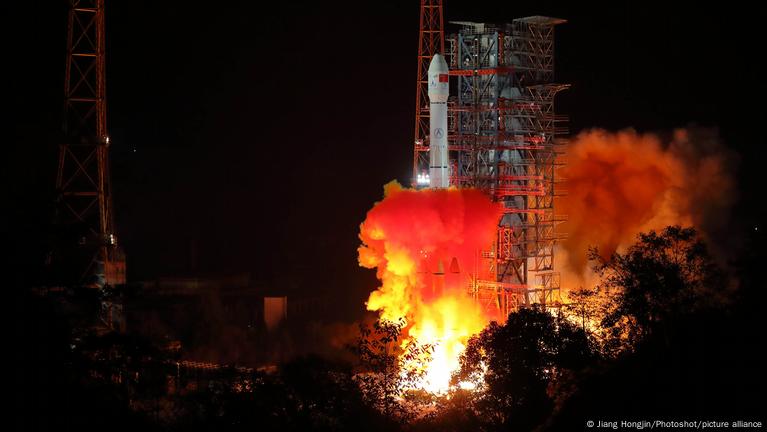- Courses
- GS Full Course 1 Year
- GS Full Course 2 Year
- GS Full Course 3 Year
- GS Full Course Till Selection
- Online Program
- GS Recorded Course
- NCERT (Recorded 500+ Hours)
- Polity Recorded Course
- Geography Recorded Course
- Economy Recorded Course
- AMAC Recorded Course
- Modern India, Post Independence & World History
- Environment Recoded Course
- Governance Recoded Course
- Science & Tech. Recoded Course
- International Relations and Internal Security Recorded Course
- Disaster Management Module Course
- Ethics Recoded Course
- Essay Recoded Course
- Current Affairs Recoded Course
- CSAT
- 5 LAYERED ARJUNA Mentorship
- Public Administration Optional
- ABOUT US
- OUR TOPPERS
- TEST SERIES
- FREE STUDY MATERIAL
- VIDEOS
- CONTACT US
Drop in India’s reservoir water levels
Drop in India’s reservoir water levels
11-09-2023

Latest Context:
Recently, the India Meteorological Department (IMD) said that India has witnessed a high rainfall deficit in the month of August.
More about the news:
- Due to low rainfall, the water levels in crucial reservoirs have experienced a sharp decline, raising concerns about water supply for households, industries, and power generation.
- Basically, August is a month when India's reservoirs see their water storage levels increase significantly. However, August 2023 was an exception, as it marked the driest August in over 120 years.
- Instead of the expected 255 mm of rainfall, the country received only about 162 mm, resulting in a 36% rainfall deficiency.

What can be the consequences of dry water reservoirs?
Water Scarcity:
- Reduced availability of water for agriculture, drinking, and industrial purposes in the affected region.
- Increased competition for limited water resources, potentially leading to conflicts among different user groups.
Crop Failure and Food Insecurity:
- Reduced irrigation water can result in crop failures and lower agricultural productivity, leading to food shortages and higher food prices.
- Farmers may face financial distress due to reduced income from their crops.
Ecological Impact:
- Depletion of groundwater levels due to increased reliance on groundwater for irrigation during dry periods.
- Negative effects on aquatic ecosystems and biodiversity as water levels decrease and water quality deteriorates.
Impact on Hydropower Generation:
- Reduced water levels in reservoirs can lead to decreased hydropower generation, affecting the availability of electricity in the region.
Economic Consequences:
- Decline in economic activities of people dependent on water resources, such as fisheries, tourism, and water-based industries.
- Loss of livelihoods for communities dependent on these activities.
Migration:
- In some cases, prolonged water scarcity can force people to migrate in search of water and livelihood opportunities, potentially leading to increased urbanization and strain on urban infrastructure.
Infrastructure Damage:
- Low water levels can expose submerged structures and infrastructure, leading to damage and the need for costly repairs.
Health Issues:
- Water scarcity can result in inadequate sanitation and hygiene practices, leading to increased health risks for affected populations.
Long-term Environmental Changes:
- Repeated or prolonged dry reservoirs can contribute to long-term environmental changes, such as soil degradation and desertification in surrounding areas.
Conclusion and Way Forward:
To mitigate the consequences of dry water reservoirs, it is essential to adopt sustainable water management practices, including efficient water use, rainwater harvesting, groundwater recharge, and the development of drought-resistant crops. Additionally, improved water governance and infrastructure can help address these challenges and ensure the sustainable use of water resources in India.
Must Check: Best IAS Coaching In Delhi



